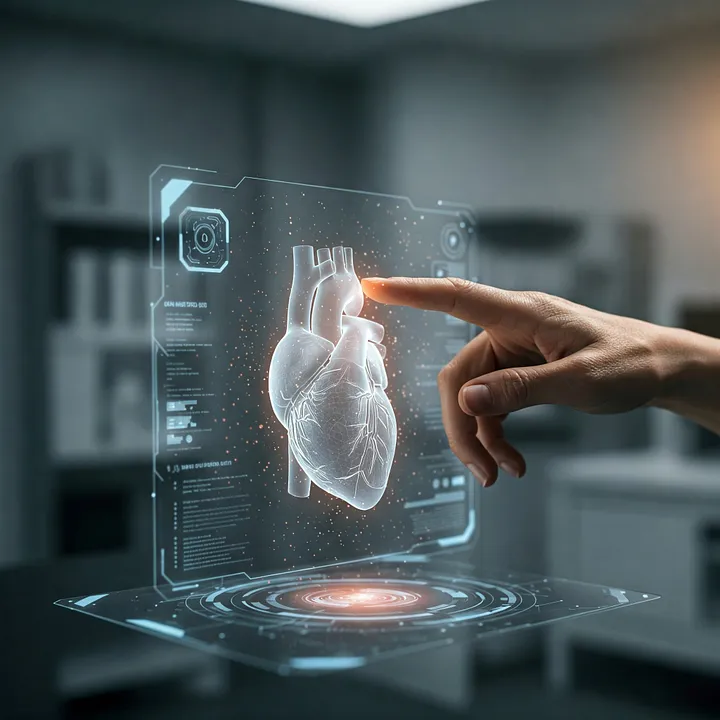
Let’s face it: the Agile Manifesto is starting to show its age. Since its inception in 2001, the agile movement has derived so much that it’s hard to tell what it even stands for anymore.
I’ve always believed the manifesto’s foundational ideas were helpful as a solid compass to navigate uncertainty and change. But with today’s wave of disruptive, emerging technologies blossoming everywhere, I’m starting to question the raw validity of some of its principles.
The focus on customer satisfaction, embracing change, and frequent delivery to gather feedback are still relevant today as they were in the early 2000s. But perhaps it’s time to to revisit some of these principles’ implications if we want to avoid missing the real edge opportunities that emerging tech brings.
Reframing the fundamentals
Let’s take a closer look at the first principle of the agile manifesto:
Individuals and interactions over processes and tools
Back in 2001, “individuals” meant the people in the room — human beings with ideas, values, prejudices, intuition and experience. Tools were, well, just the things those humans used to get the job done.
But more than 20 years later, something fundamental has changed:
We’re no longer working only with other humans.
We collaborate with AI agents. Assistants. Copilots. Autocomplete bots that don’t just suggest code — they write it. Systems that prioritize tasks, refactor architectures, even participate in incident response.
Which raises an uncomfortable but essential question for anyone still quoting the Agile Manifesto like scripture:
Are AI agents individuals or tools?
AI agents aren’t sentient (let’s make that assumption for the sake of staying on topic) but they are far from being passive actors. We’ve enabled them to respond, react, reason, optimize and sometimes make decisions on our behalf.
So when we interact with these AI-powered systems, should we treat those interactions like we treat human ones — as valuable, worth optimizing, worth questioning?
Or do we continue to ignore them because, technically, we’re still “working with tools”?

Why This Matters for Teams
If we take the manifesto literally, we risk overlooking the most transformative change in how work gets done today.
How can we optimize the way we work if we do not value the interactions we do with AI agents and yet we leverage some decision-making on them? Here’s what happens when we undervalue the relevant interactions we have with non-human actors:
- We miss process gaps: AI agents might be involved in critical parts of the workflow — from triaging bugs to proposing solutions — but if they’re invisible in our conversations and workflow evaluation, we might miss the optimization oportunities. For example, if we have an AI agent that prioritizes product backlog items that is not taking into account user friction.
- We make accountability murky: If an AI-generated recommendation leads to a bug, who’s responsible?. For example, an AI code suggestion copilot adding a piece of code that causes an incident in production
- We fail to adapt our practices: Agile was born to help humans navigate complexity and change. But what if the biggest change is how we collaborate — not with people, but with increasingly capable systems?
The Agile Manifesto, in its original form, provided a great compass to navigate complexity while building software in the early 2000s. By adapting its principles to the realities of AI-powered collaboration, we can unlock the full potential of this technology while ensuring that human values and ethical considerations remain at the heart of our work.
The future of work is not about replacing individuals with AI.
It’s about empowering individuals to collaborate more effectively with AI to achieve extraordinary results.
That means re-embracing the spirit of inspecting, adapting to change, and continually striving to improve the way we work, together.
They may not be human, but they’re already part of the team.


